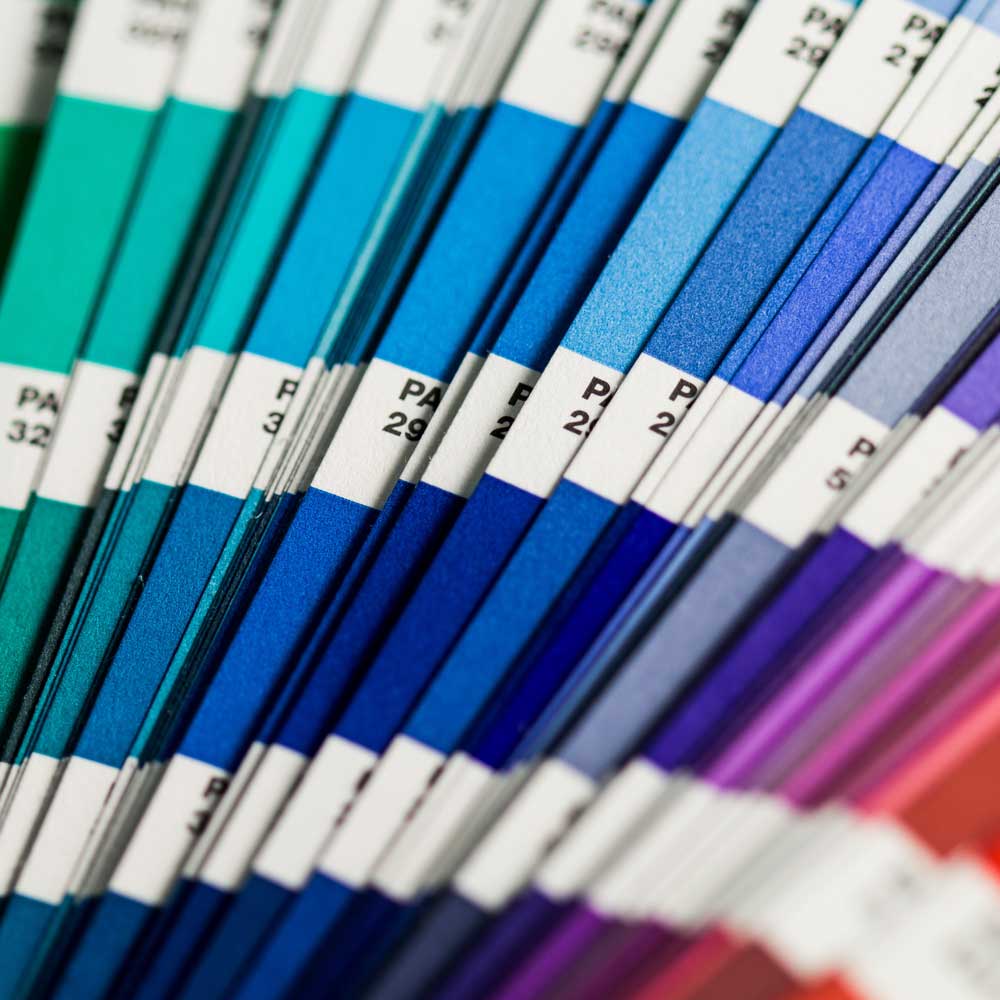Pantone colors are a standard color scale widely used in the printing and design industry. The color palette includes a wide selection of colors, all identified by a unique color code. These Pantone colors are used to reproduce colors consistently and accurately between different printers and designers. Pantone colors are created through a special color mixture to ensure that the color always looks the same, regardless of the material or printing technology used. Pantone colors are commonly used in the design of logos, brand identities, packaging, textiles, and many other products where color reproduction is crucial. At Tie Solution, we mainly work with Pantone colors or Pantone C color codes, but we can also use any other color scale.
Pantone Colors: A standard color scale in design and printing
"Bring color into your life - Discover the world of Pantone colors and let your creativity run wild!" Tie Solution Your trusted manufacturer in the EU.

Download Pantone fan below
